Landscape architect Taichi Saito: ‘I hope to create gentle landscapes that allow people’s hearts to feel at ease’
We meet Taichi Saito and his 'gentle' landscapes, as the Japanese designer discusses his desire for a 'deep and meaningful' connection between humans and the natural world
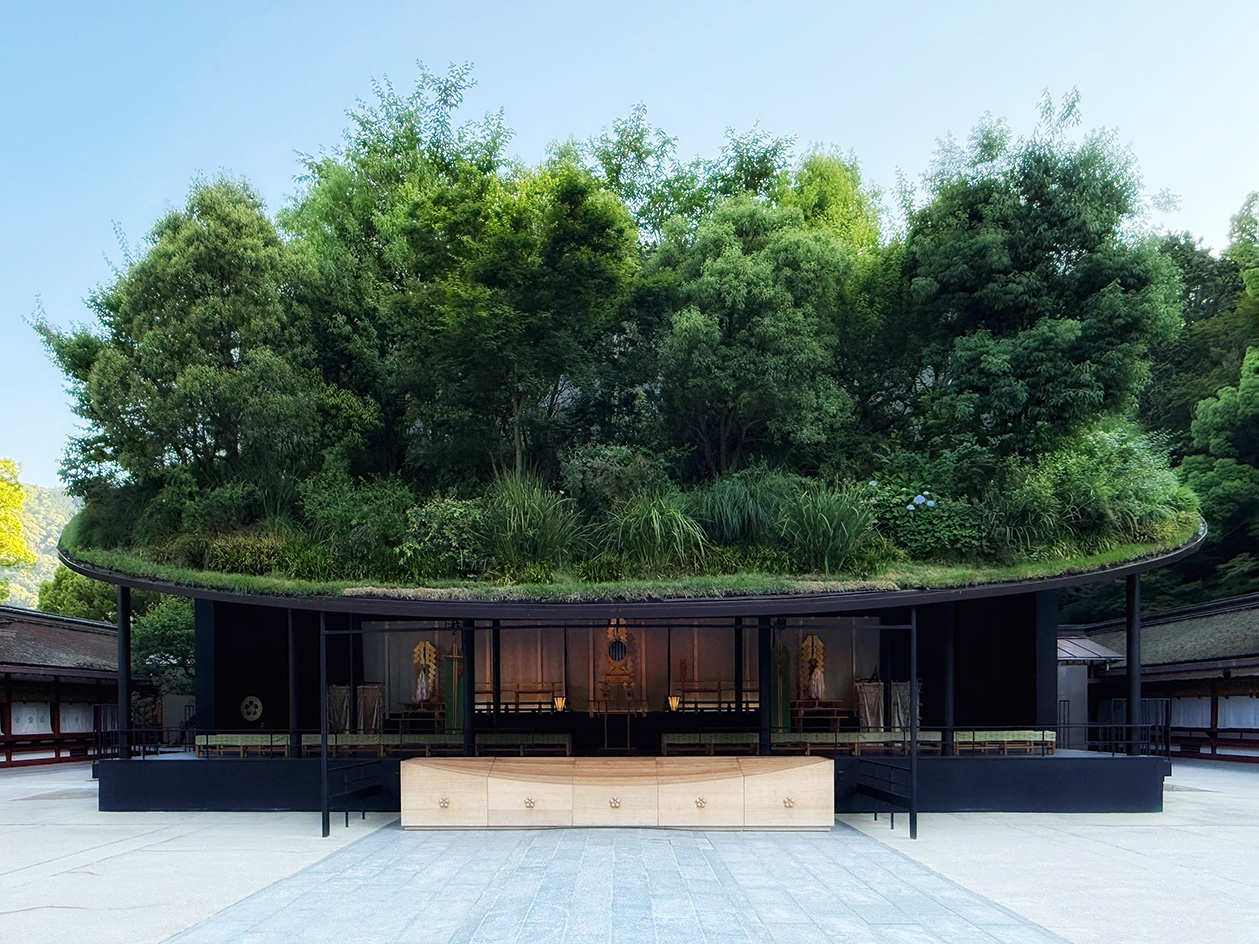
A subterranean library curved deep into the soil, cocooned in soft slopes of grass. An elliptical shrine rooftop, from which trees rise into the sky. Vivid greenery bursting through the futuristic angles of a buzzy urban development. For Japanese landscape architect Taichi Saito, an underlying thread is woven through all his projects: whether it’s an escapist rural abstraction or an inner-city complex, the aim is to rekindle an innate sense of harmony between humans and nature.
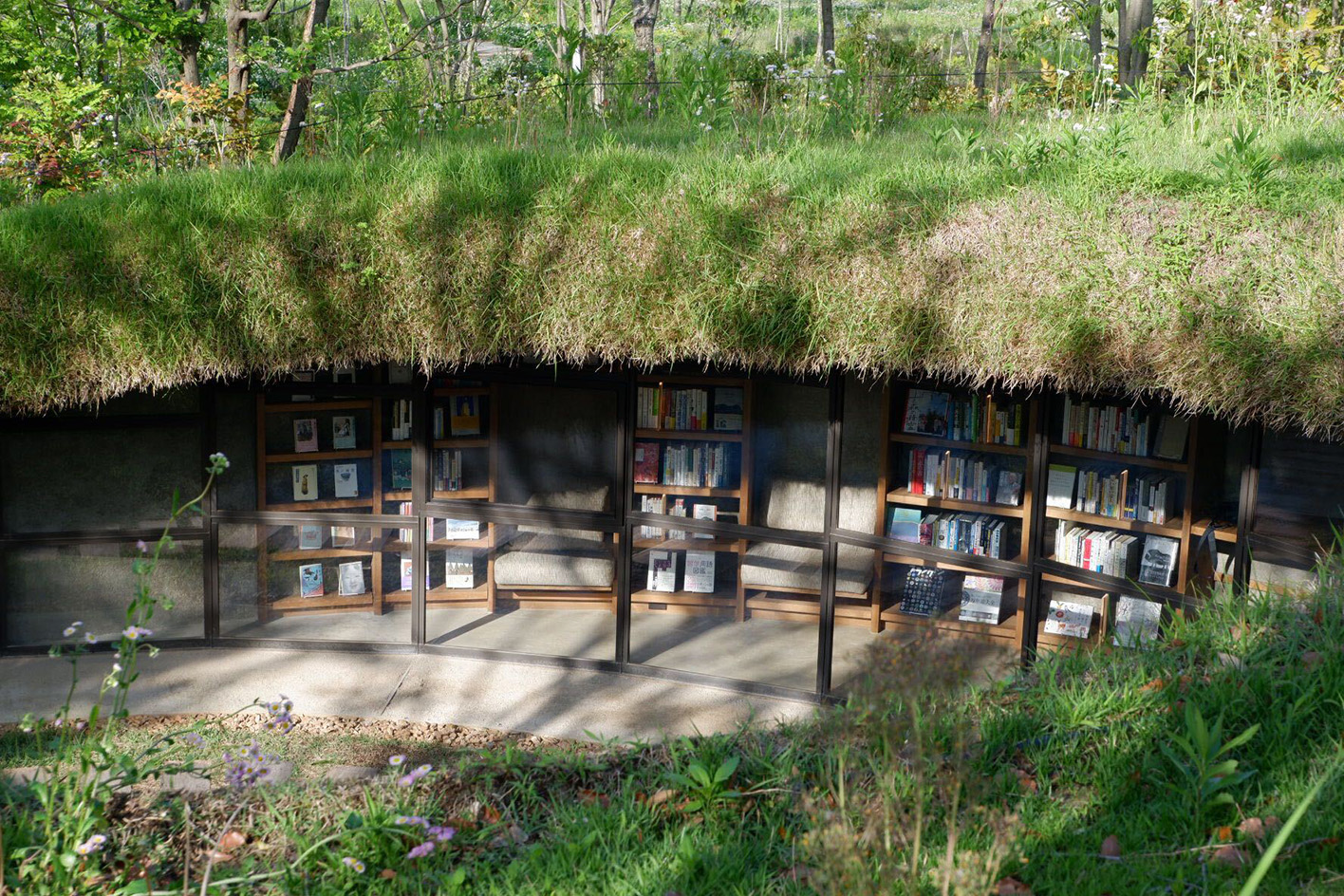
Kurkku fields - Library in the Earth
Meet Japanese landscape architect Taichi Saito
‘I hope to create gentle landscapes that allow people’s hearts to feel at ease, even just for a moment,’ he says. ‘By creating more spaces where people can feel the subtle pauses and natural movement that only nature can give, I hope to reconnect people to something deeper and slowly rebuild a meaningful relationship between humans and the natural world.’ Saito – with his holistic nature-rooted philosophies – has emerged as a quietly rising Japanese landscape architect since founding his company Daishizen in 2011. In addition to his own progressive initiatives, he works with a raft of top-tier architects (from Sou Fujimoto to Hiroshi Nakamura & NAP) on projects across the country.
Daishizen’s main brand is Solso, which creates green environments for a wide range of residential, commercial and urban ventures, with every element managed in-house (from planting design and construction to maintenance). The company also runs Keepgreen, a nationwide platform that aims to connect people with plants, through expert-led plant installations, maintenance, product development, retail operations – and even a digial app that uses AI technology to help people integrate greenery into their lives and spaces.
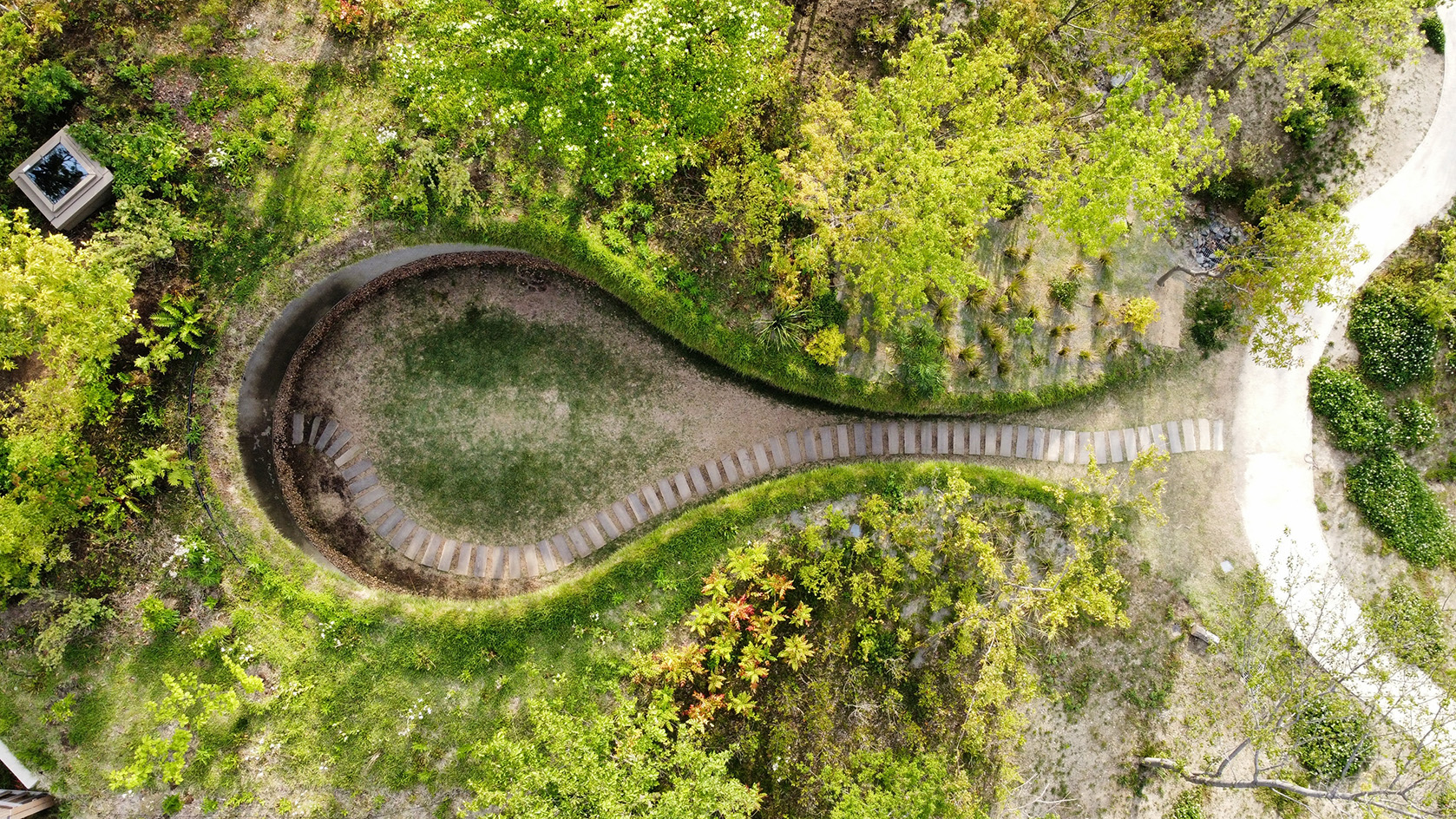
Kurkku fields - Library in the Earth
For Taichi Saito, the seed for his green journey is rooted in a nature-steeped childhood in Iwate Prefecture, north Japan, with numerous early memories of helping out at his family’s gardening shop and foraging for wild orchids in forests. Increasingly drawn to architecture, a turning point came when, aged around 16, he stumbled across a book featuring Frank Lloyd Wright’s Fallingwater – and something shifted. The moment sparked a personal epiphany, as he woke up to the possibilities within the relationship between architecture and nature.
Training took place through a mix of self-study and working at a flower and plant shop in Tokyo, paving the way for his first horticultural business in 2003, which eight years later evolved into Daishizen. Today, projects are varied in scope and scale – yet tethered by the consistency of his vision. Among them is Library in the Earth, with sloping lines of greenery wrapping a meditative subterranean space designed by Hiroshi Nakamura & NAP, at Kurkku Fields, an expansive rural project in Chiba, blending organic farming, art, design and culture.
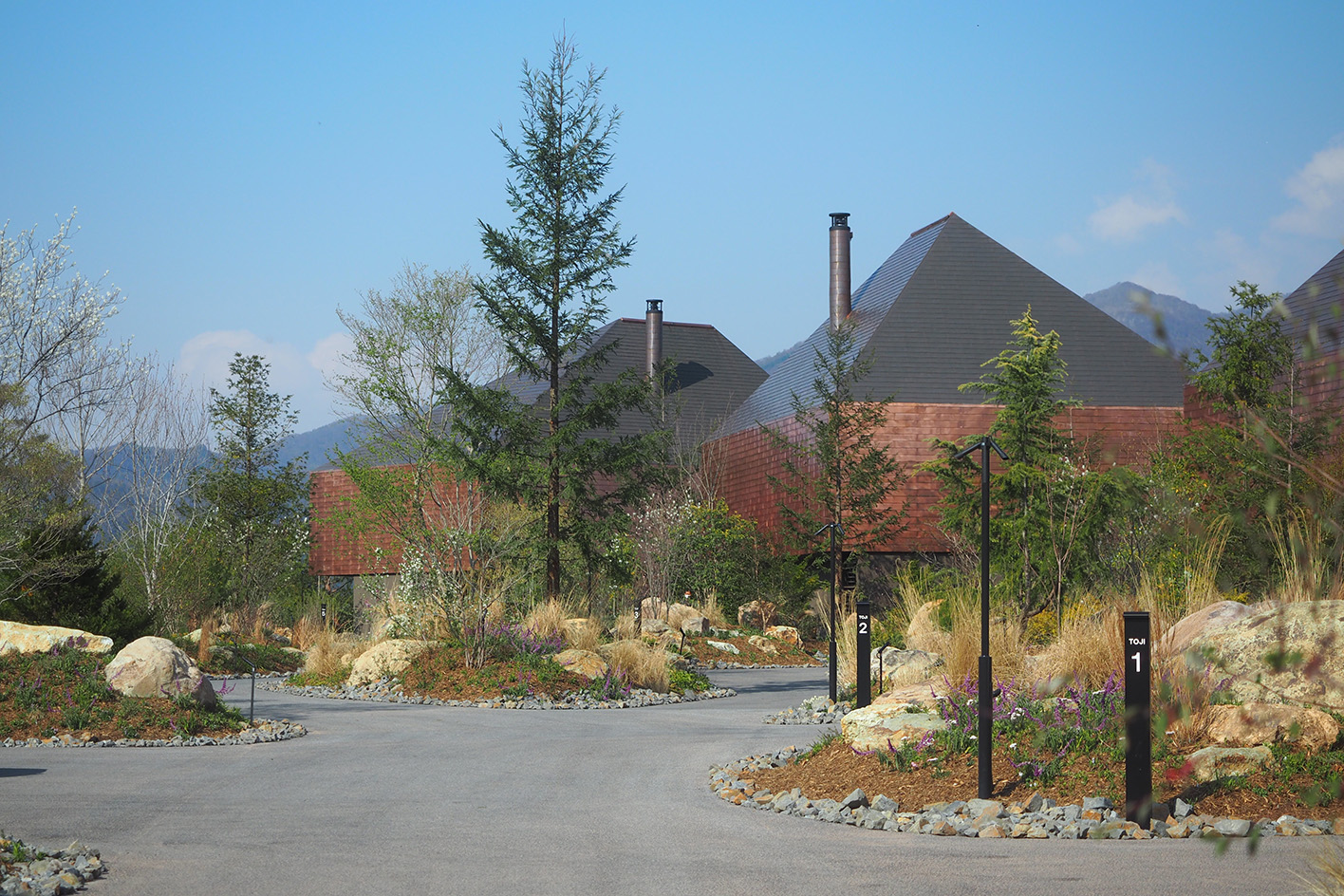
Not a Hotel Minakami Toji
Japanese architect Sou Fujimoto is a key collaborator, with the pair harmonising structures and nature on a range of projects – including Shiroiya Hotel, a progressive creative hub in Maebashi, Gunma; a contemporary hall at Dazaifu Tenmangu shrine in Fukuoka, with a tilted elliptical (and season-reflecting) roof packed with greenery; and the circular garden of Not a Hotel Earth, on Ishigaki island in subtropical Okinawa.
Saito also designed landscaping for Not A Hotel Minakami Toji, a new collection of five copper-plated lodges and a restaurant on a nature-steeped mountain in Gunma, by Suppose Design Office. Other projects include Forestgate Daikanyama, a progressive Kengo Kuma-designed urban development in Tokyo, aiming to bring the ‘forest’ to the city, with a stacked wooden box structure packed with plants and trees (it’s also home to a Solso Home shop and Daishizen’s head office; the practice has a number of regional bases elsewhere in Japan too).
Receive our daily digest of inspiration, escapism and design stories from around the world direct to your inbox.
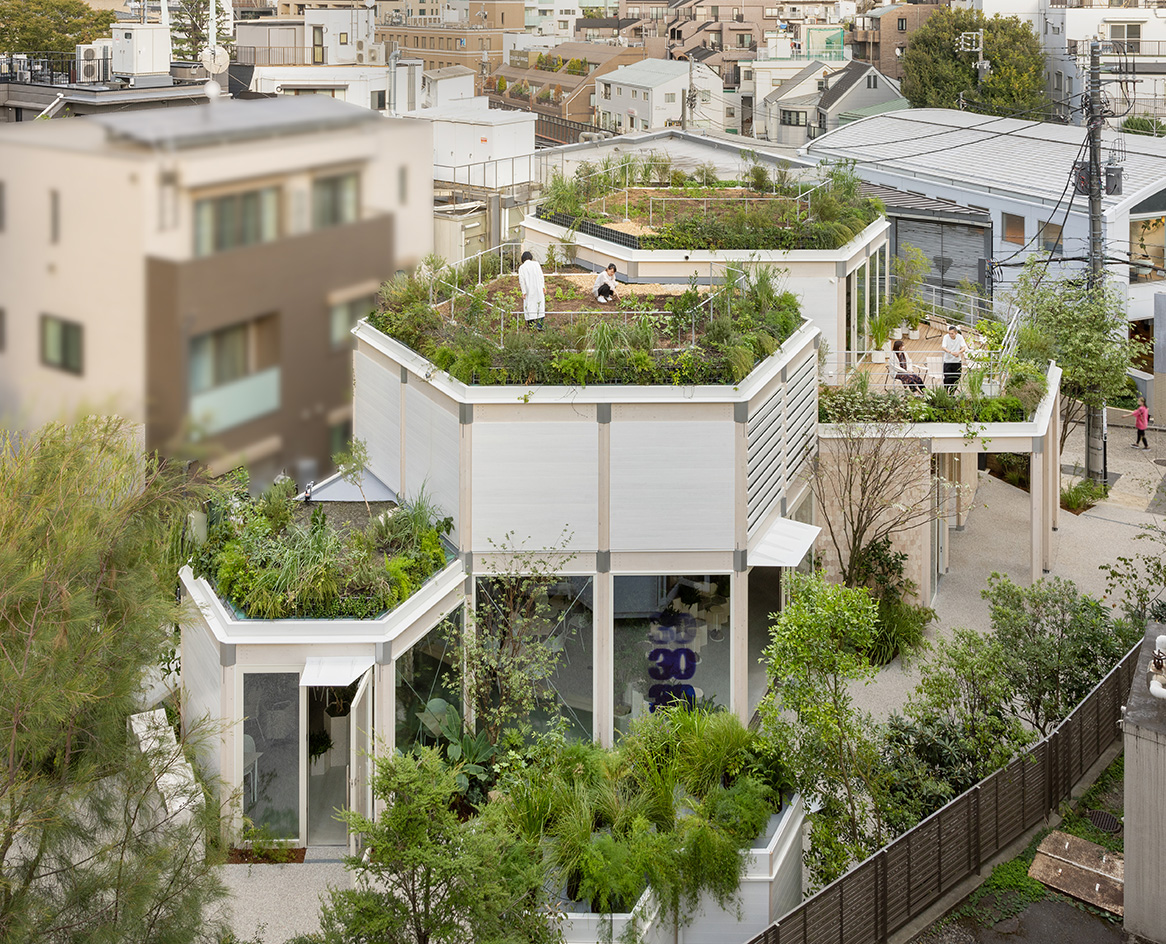
Cirty
‘I never want to impose my vision,’ says Taichi. ‘I believe a landscape designer’s true role is to be a good listener. The ideal is a collaborative process, working closely with architects and interior designers from the earliest planning stages to weave together a unified, resonant narrative that connects deeply with nature.’ For Saito, each project is rooted in its location. ‘I place great importance on using local materials – stone, soil, and trees native to each project’s environment. For large trees in open, sky-facing spaces, I use native species. Closer to human interaction, I incorporate herbs, flowering plants, and grasses – horticultural species chosen for their comfort and sustainability.
‘We aim to source plants locally whenever possible, but we also work with trusted growers across Japan, commissioning the cultivation of around 1,000 plant species, and we raise some ourselves at our own nursery. Each plant carries its own history – and I treat that as part of the landscape,’ he says. Saito mindfully creates the gentlest human imprint on the landscape: ‘I focus on creating what I call a “necessary sense of nature” – something drawn from careful analysis of environment, geography, history and local vegetation. Through subtle human intervention, I aim to awaken and enhance the natural beauty that already belongs in the landscape.’
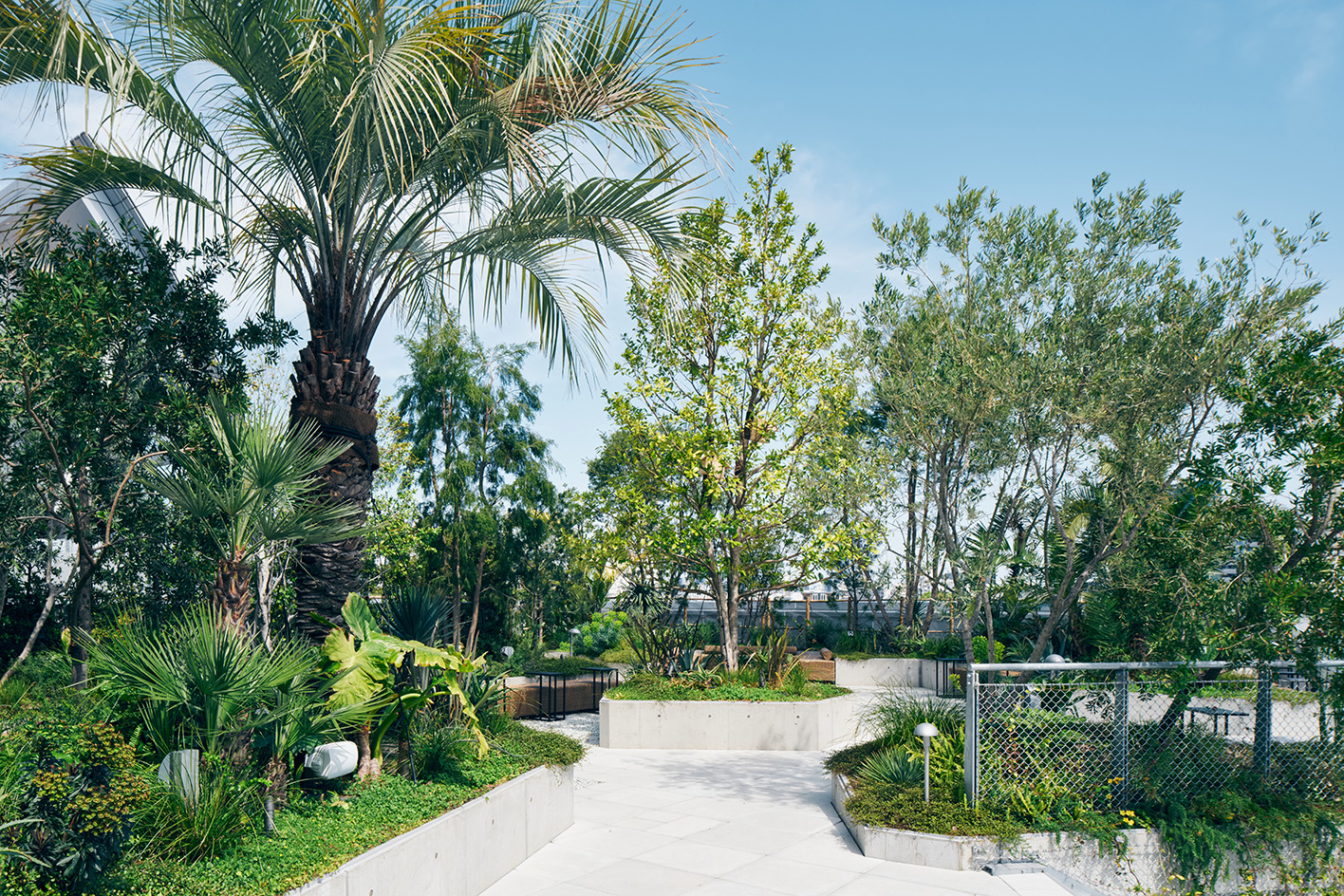
Tokyu plaza harajyuku harakado
Saito’s work is unwaveringly imprinted with a sense of Japan – a culture deeply harmonised with the natural world, as reflected in its seasonal sensitivity, traditional culture and nature-inspired concepts of beauty. ‘Since I was born and raised in Japan, everything I create naturally springs from Japanese sensibilities,’ he says. ‘Animism, the appreciation of ma (negative space), sensitivity to moisture and shifting light – these are all part of my design language. Whether it’s the placement of a stone, the shimmer of shade beneath a tree, or the quiet change of seasons, I believe these subtle elements strongly reflect Japanese aesthetics.’
And for Saito, his lifetime quest to harmonise humans and nature has perhaps never been more timely. As he explains: ‘In a world that increasingly values diversity and sustainability, I believe landscapes offer one of the most visible and powerful expressions of these values. A landscape is something vast – it holds and shelters us. When people experience the “space” and “time” inherent in ecological cycles or plant succession, it awakens a deep, almost instinctive sense of connection with nature. Through that connection, gratitude arises – and that gratitude is key to building a truly sustainable future.’
Danielle Demetriou is a British writer and editor who moved from London to Japan in 2007. She writes about design, architecture and culture (for newspapers, magazines and books) and lives in an old machiya townhouse in Kyoto.
Instagram - @danielleinjapan
-
 La Monique brings the French Riviera to Santa Monica
La Monique brings the French Riviera to Santa MonicaA transportive room of velvet, candlelight, and Riviera chic, serving French favourites with a modern wink
-
 Kat Milne is the designer behind fashion’s most intriguing retail spaces
Kat Milne is the designer behind fashion’s most intriguing retail spacesInfused with elements of the surreal, Kat Milne has designed stores for the likes of Marc Jacobs, Sandy Liang and A24. ‘People are looking for a more tactile experience,’ she tells Wallpaper*
-
 A refreshed 1950s apartment in East London allows for moments of discovery
A refreshed 1950s apartment in East London allows for moments of discoveryWith this 1950s apartment redesign, London-based architects Studio Naama wanted to create a residence which reflects the fun and individual nature of the clients
-
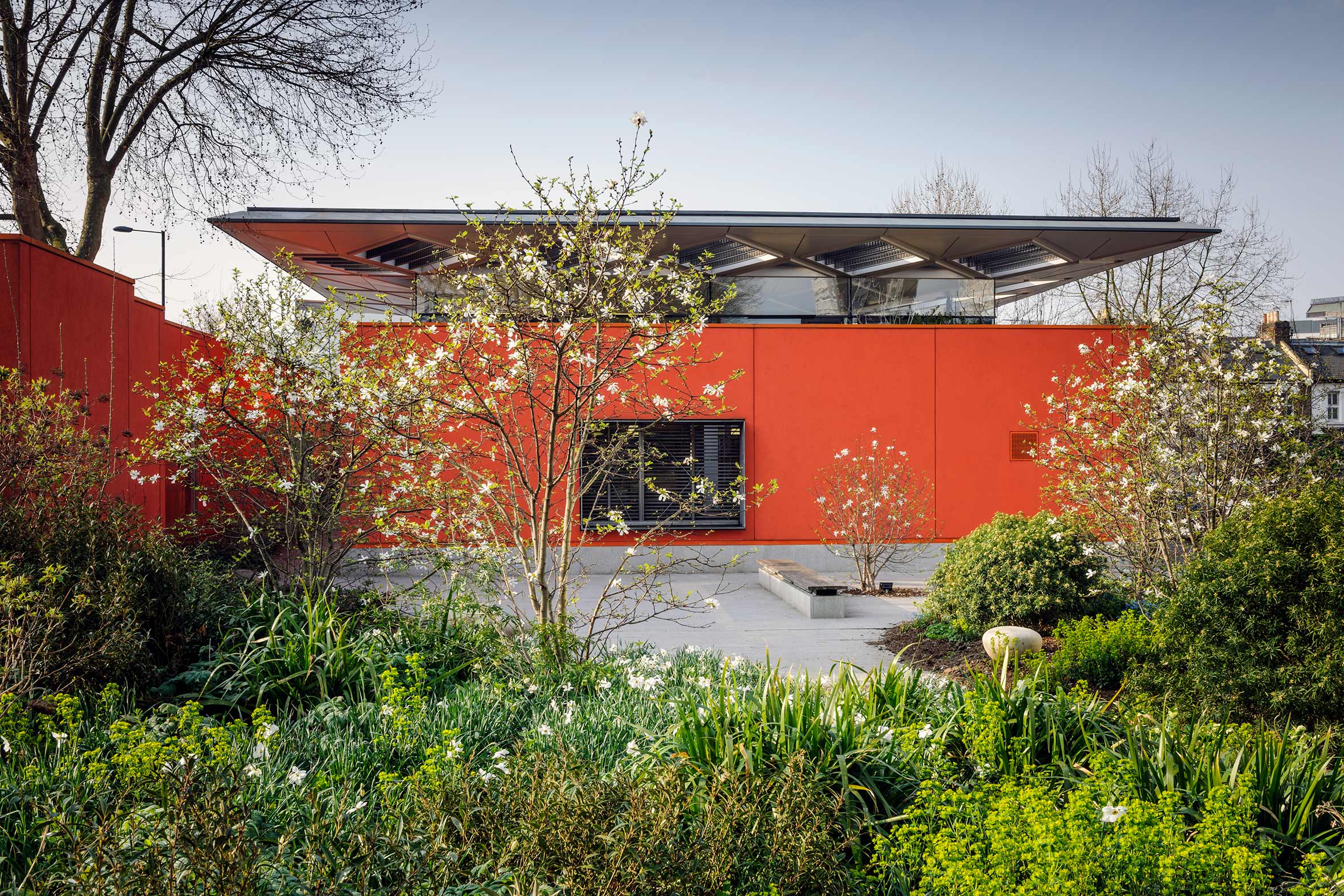 How Maggie’s is redefining cancer care through gardens designed for healing, soothing and liberating
How Maggie’s is redefining cancer care through gardens designed for healing, soothing and liberatingCancer support charity Maggie’s has worked with some of garden design’s most celebrated figures; as it turns 30 next year, advancing upon its goal of ‘30 centres by 30’, we look at the integral role Maggie’s gardens play in nurturing and supporting its users
-
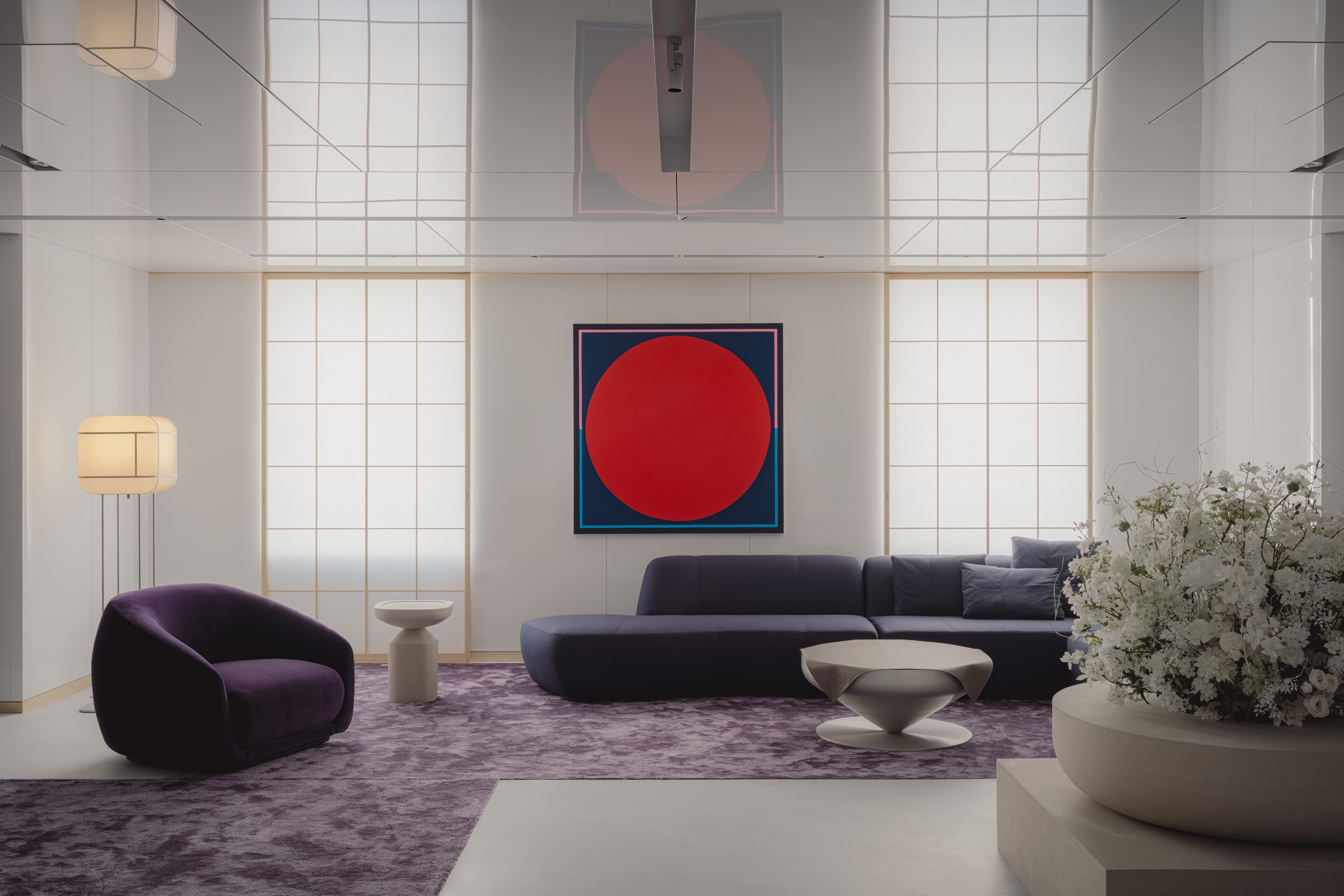 Matsuya Ginza lounge is a glossy haven at Tokyo’s century-old department store
Matsuya Ginza lounge is a glossy haven at Tokyo’s century-old department storeA new VIP lounge inside Tokyo’s Matsuya Ginza department store, designed by I-IN, balances modernity and elegance
-
 The Architecture Edit: Wallpaper’s houses of the month
The Architecture Edit: Wallpaper’s houses of the monthThis September, Wallpaper highlighted a striking mix of architecture – from iconic modernist homes newly up for sale to the dramatic transformation of a crumbling Scottish cottage. These are the projects that caught our eye
-
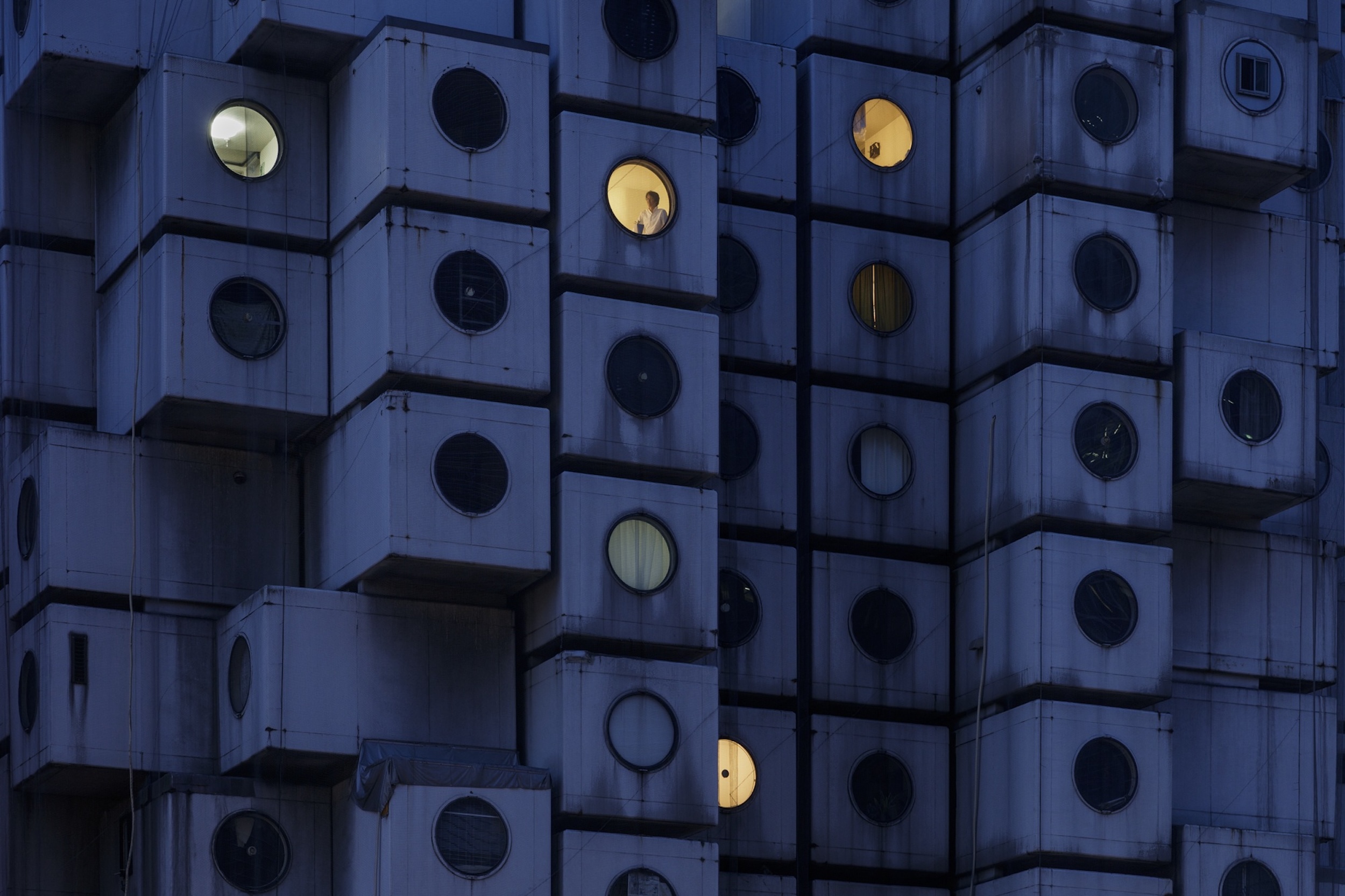 Utopian, modular, futuristic: was Japanese Metabolism architecture's raddest movement?
Utopian, modular, futuristic: was Japanese Metabolism architecture's raddest movement?We take a deep dive into Japanese Metabolism, the pioneering and relatively short-lived 20th-century architecture movement with a worldwide impact; explore our ultimate guide
-
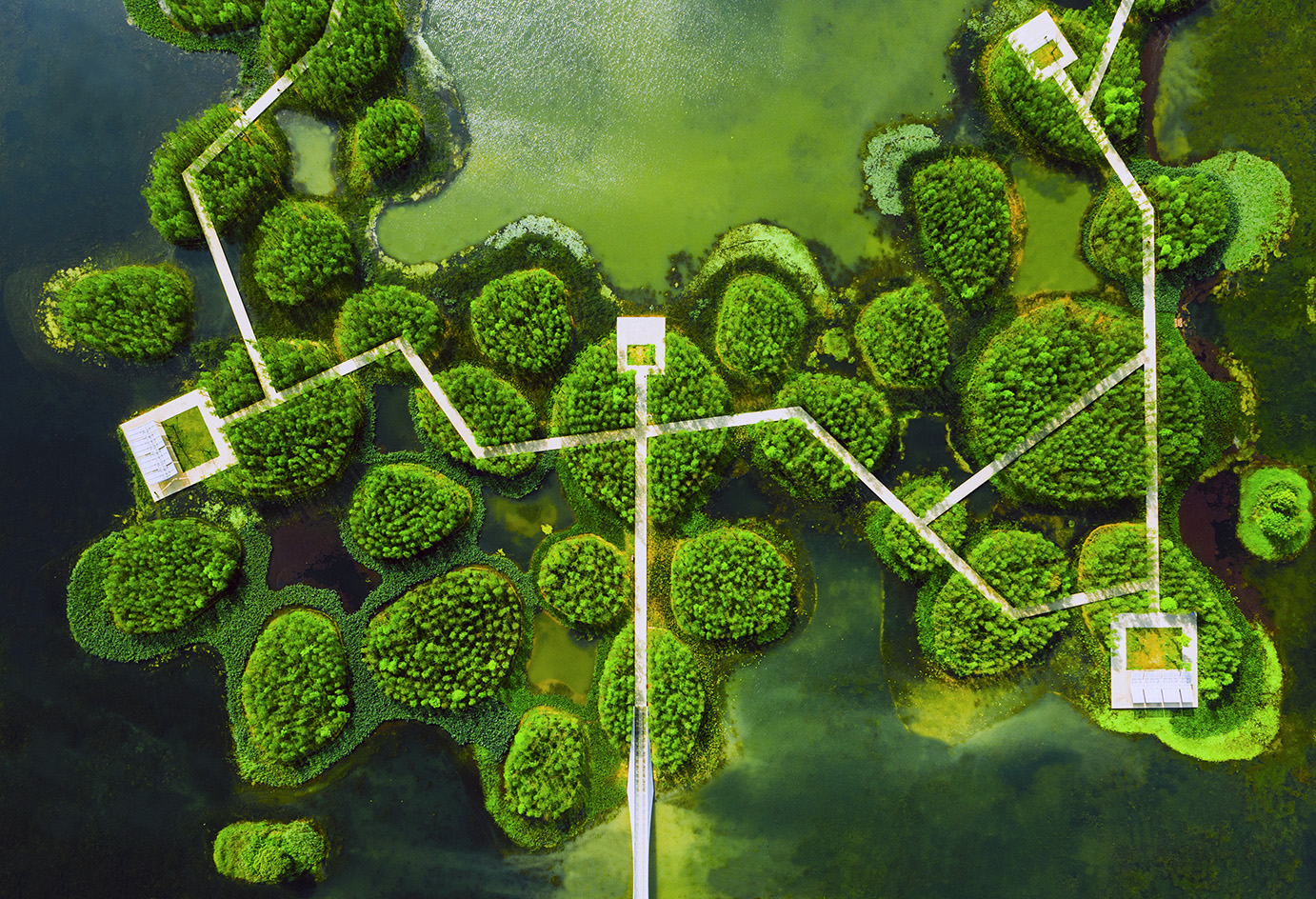 Honouring visionary landscape architect Kongjian Yu (1963-2025)
Honouring visionary landscape architect Kongjian Yu (1963-2025)Kongjian Yu, the renowned landscape architect and founder of Turenscape, has died; we honour the multi-award-winning creative’s life and work
-
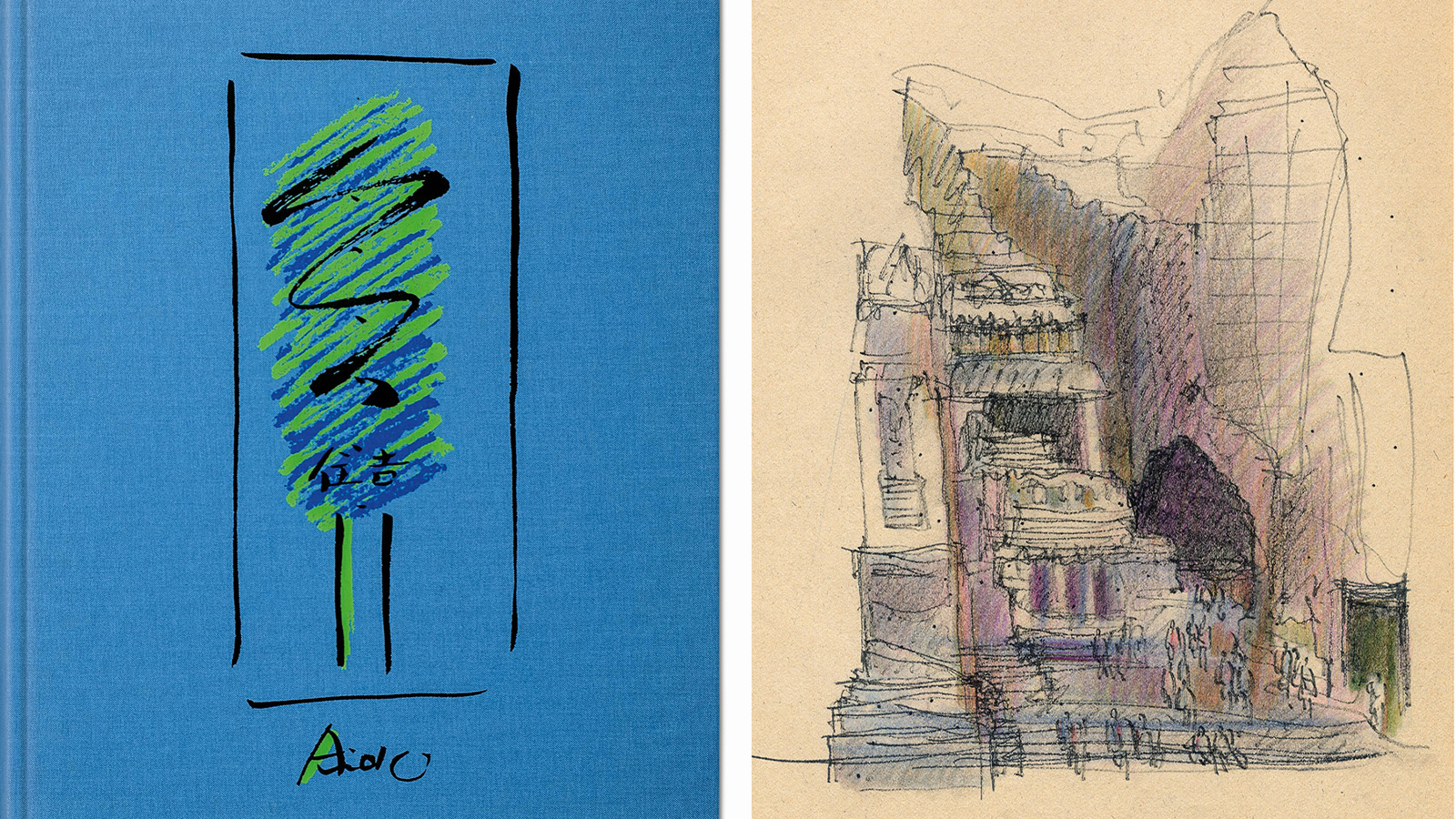 A new Tadao Ando monograph unveils the creative process guiding the architect's practice
A new Tadao Ando monograph unveils the creative process guiding the architect's practiceNew monograph ‘Tadao Ando. Sketches, Drawings, and Architecture’ by Taschen charts decades of creative work by the Japanese modernist master
-
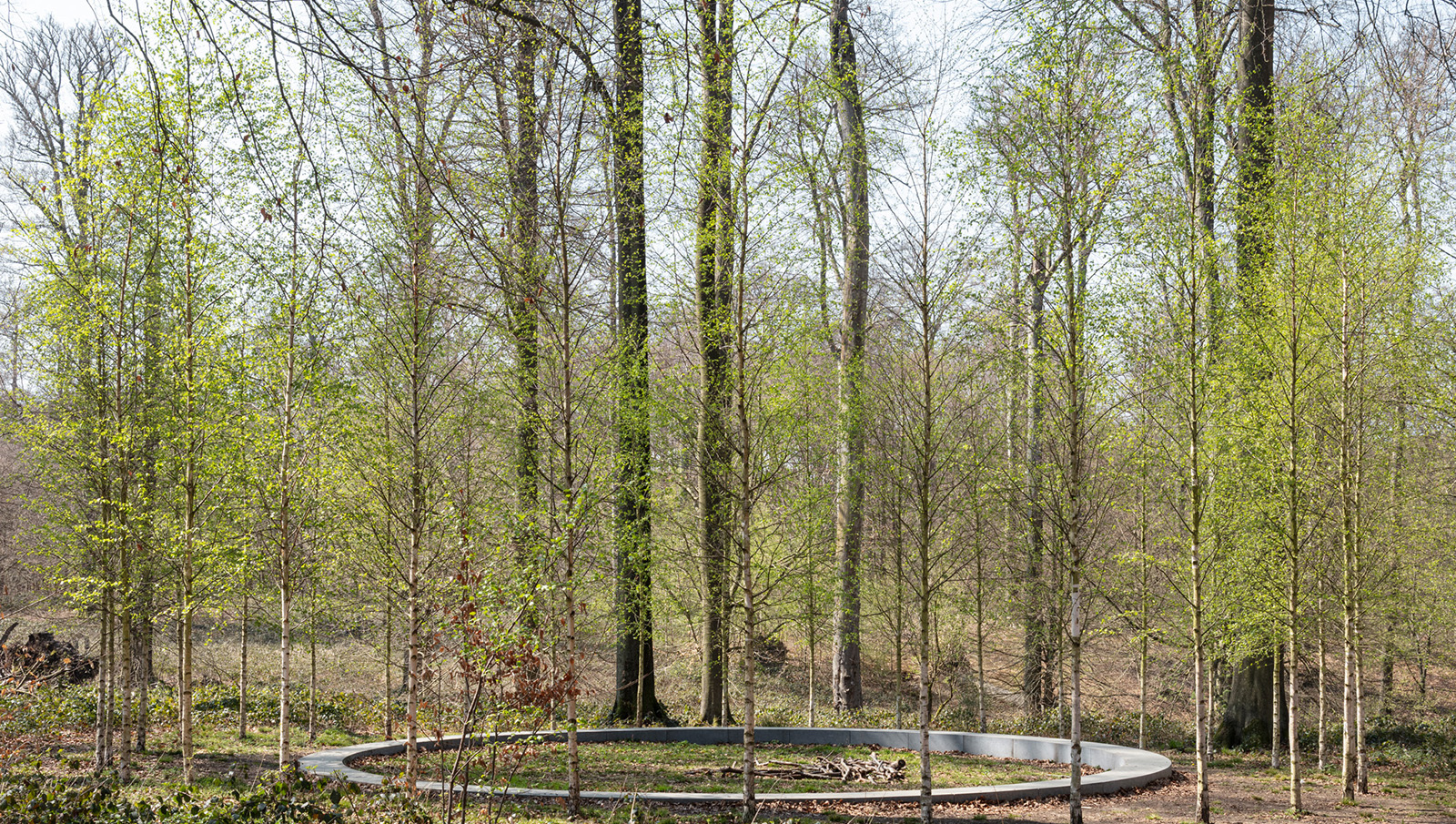 ‘Landscape architecture is the queen of science’: Emanuele Coccia in conversation with Bas Smets
‘Landscape architecture is the queen of science’: Emanuele Coccia in conversation with Bas SmetsItalian philosopher Emanuele Coccia meets Belgian landscape architect Bas Smets to discuss nature, cities and ‘biospheric thinking’
-
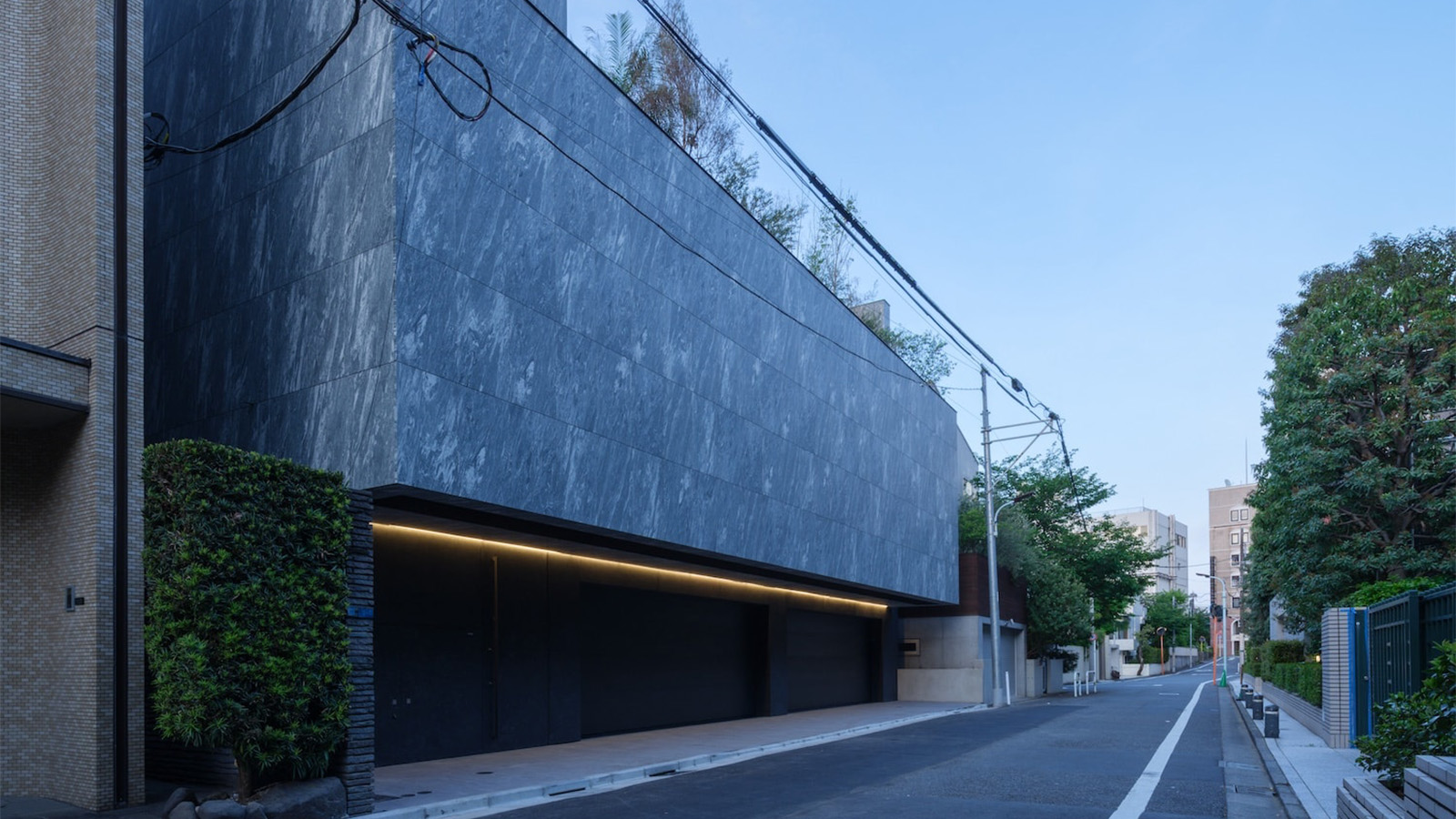 A Tokyo home’s mysterious, brutalist façade hides a secret urban retreat
A Tokyo home’s mysterious, brutalist façade hides a secret urban retreatDesigned by Apollo Architects, Tokyo home Stealth House evokes the feeling of a secluded resort, packaged up neatly into a private residence